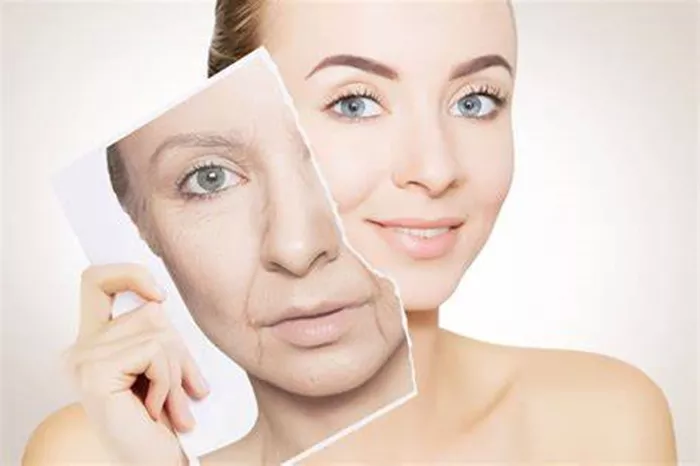Patients diagnosed with vitiligo who also suffer from psychosocial comorbidities are facing significantly higher overall health care utilization and costs, even though their vitiligo-specific expenses remain on par with those who do not have these comorbidities, a recent study reveals.
Published in *ClinicoEconomics and Outcomes Research*, the study shows that patients with vitiligo and one or more psychosocial conditions incur greater overall health care resource utilization and costs, though the expenses directly related to vitiligo do not differ significantly from those without such comorbidities.
Vitiligo, a skin condition characterized by the loss of skin pigmentation, affects up to 5 million people in the United States, with a prevalence ranging from 0.1% to 1.5%. Those with the condition frequently experience diminished quality of life, including challenges in employment, daily activities, and mental health. In fact, individuals with vitiligo are approximately five times more likely to develop depression compared to those without the condition.
Previous research has demonstrated that patients with vitiligo are at a higher risk of hospitalization for mental health issues, often resulting in elevated inpatient care costs and extended hospital stays. The current study sought to further understand the extent of health care utilization and costs among U.S. patients with vitiligo who also carry a psychosocial burden, including mental and behavioral health comorbidities.
The research team utilized data from the IBM MarketScan Commercial and Medicare Supplemental claims databases, identifying patients diagnosed with vitiligo between January 1 and December 31, 2018. To be eligible, patients had to be 12 years or older and have at least 12 continuous months of health care plan enrollment following their diagnosis.
Over the post-diagnosis period, the researchers tracked comorbidities and prescription data using International Classification of Diseases, 10th Revision (ICD-10) codes and National Drug Codes. They aggregated and summarized the data per patient per year (PPPY), analyzing total costs in 2018 U.S. dollars.
From an initial pool of 18,309 eligible patients, 12,427 met the criteria for continuous coverage. The average age of these patients was 43.7 years, with a standard deviation of 16.9 years, and the majority (53.2%) were female. Nearly 24% of the study population was diagnosed with at least one psychosocial condition, the most prevalent being depression (30.8%), followed by adjustment disorder (20.3%), anxiety (20.3%), and sleep disorder (18.4%).
The most commonly prescribed therapies for vitiligo included topical calcineurin inhibitors (TCI) at 21.1%, oral corticosteroids (OCS) at 18.7%, and medium-potency topical corticosteroids (TCS) at 9.8%. Notably, a higher percentage of patients with psychosocial comorbidities received vitiligo-related prescriptions (50.2% versus 45.4%), particularly OCS (25.4% versus 16.6%), TCI (19.3% versus 21.7%), and low-potency TCS (9.0% versus 7.6%).
Despite these differences in prescription use, the total mean PPPY vitiligo-related pharmacy costs were similar between those with and without psychosocial comorbidities ($238 vs. $217). Additionally, the two groups showed comparable rates of vitiligo-related inpatient stays, outpatient visits, and emergency department (ED) visits.
However, the study uncovered significant disparities in overall health care utilization, including higher rates of inpatient stays and outpatient services among patients with psychosocial comorbidities. The mean all-cause PPPY total health care expenditures were notably higher for these patients ($18,804 vs. $9,833), with increased costs associated with outpatient services, prescriptions, inpatient services, outpatient physician visits, and ED visits.
The researchers acknowledged some limitations to their study, including reliance on retrospective administrative claims data, which may result in incomplete records, sampling bias, or inaccuracies in data entry. Nevertheless, they stand by their findings, which underscore the critical need for multidisciplinary management of vitiligo, particularly addressing the mental and behavioral health challenges faced by these patients.
“These findings emphasize the need to identify psychosocial comorbidities among individuals with vitiligo and reduce the associated burden through multidisciplinary management of their vitiligo, including ensuring effective management of mental and behavioral health comorbidities,” the authors concluded.
[inline_related_posts title=”You Might Be Interested In” title_align=”left” style=”list” number=”6″ align=”none” ids=”11233,11202,11197″ by=”categories” orderby=”rand” order=”DESC” hide_thumb=”no” thumb_right=”no” views=”no” date=”yes” grid_columns=”2″ post_type=”” tax=””]

































